Sei Shōnagon (清少納言), (965-1010s?) - Japanese Heian Court Lady and Writer
I picked up a book in Mary Martin's bookshop when I was living in Adelaide. And flipped through. Coming across this poetic 'list':
Elegant Things
A white coat worn over a violet waistcoat.
Duck eggs.
Shaved ice mixed with liana syrup and put in a new silver bowl. (Liana stems and leaves are for sweetening)
A rosary of rock crystal.
Wisteria blossoms.
Plum blossoms covered with snow.
A pretty child eating strawberries.
A white coat worn over a violet waistcoat.
Duck eggs.
Shaved ice mixed with liana syrup and put in a new silver bowl. (Liana stems and leaves are for sweetening)
A rosary of rock crystal.
Wisteria blossoms.
Plum blossoms covered with snow.
A pretty child eating strawberries.
The volume was the famous Pillow Book (枕草子 makura no sōshi) of Lady Sei Shonagon, who served the Empress Consort Teishi at the C10 Heian court of Japan. She is only known through this work, considered to be of great literary beauty, and the most detailed source of the social life of the period.
 A Page from a Manuscript Copy of 'The Pillow Book', Sei Shonagon
A Page from a Manuscript Copy of 'The Pillow Book', Sei Shonagon
Her writing consists of a strange mixture of things - lists, court gossip, poetry, observations, complaints and so on.
Clouds
I love white, purple and black clouds, and rain clouds when they are driven by the wind. It is charming at dawn to see the dark clouds gradually turn white. I believe this has been described in a Chinese poem that says something about 'the tints that leave at dawn'. It is moving to see a thin wisp of cloud across a very bright moon.
... and a sensory and visceral power of observation ...
One has carefully scented a robe and then forgotten about it for several days. When finally one comes to wear it, the aroma is even more delicious than on freshly scented clothes.
During the hot months it is a great delight to sit on the veranda, enjoying the cool of the evening and observing how the outlines of objects gradually become blurred. At such a moment I particularly enjoy the sight of a gentleman's carriage, preceded by outriders clearing the way. ... It is still more delightful when the sound of a lute or flute comes from inside the carriage, and one feels sorry when it disappears in the distance. Occasionally one catches the whiff of the oxen's leather cruppers; it is a strange unfamiliar smell but, absurd as it may seem, I find something pleasant about it. On a very dark night it is delightful when the aroma of smoke from the pine-torches at the head of a procession is wafted the air and pervades the carriage in which one is traveling.
... and a personal reflective approach to literature.
Letters are commonplace
Letters are common place enough , yet what splendid things they are! When someone is in a distant province and one is worried about him, then a letter suddenly arrives, one feels as though one were seeing him face to face. Again, it is a great comfort to have expressed one's feelings in a letter even though one knows it cannot yet have arrived.
Letters are common place enough , yet what splendid things they are! When someone is in a distant province and one is worried about him, then a letter suddenly arrives, one feels as though one were seeing him face to face. Again, it is a great comfort to have expressed one's feelings in a letter even though one knows it cannot yet have arrived.
Something of Sei Shonagon's character is revealed in the following, an elite position not that is not quite so comfortable to read today.
The way in which carpenters eat is really odd. When they had finished the main building and were working on the eastern wing, some carpenters squatted in a row to have their meal; I sat on the veranda and watched them. The moment the food was brought, they fell on the soup bowls and gulped down the content. Then they pushed aside the bowls and gulped the vegetables. ... They all behaved in exactly the same way, so I suppose this must be the custom of carpenters. I should not call it a very charming one.
Finally, a poem using the response to a feature conventionally considered unattractive in the human face to view something particular in nature.
Ah, what a house this is,
Where the eyebrows of the willow's leaves
Grow so impudently broad
That they make the spring itself loose face!
There are lots of similar goodies in the Pillow Book. Just right for filling in a few spare moments. Rather than something to read straight through.


![C18 Bronze Buddha [Southern China]](http://4.bp.blogspot.com/-pg5AYBcdb0k/VY-W9bzdjcI/AAAAAAAAE4U/pxWiGKSBIls/s1600/Buddha%2B%255BBronze%252C%2BC18%252C%2BChina%255D%2B1.jpg)




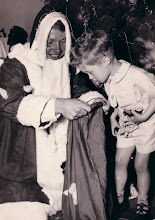







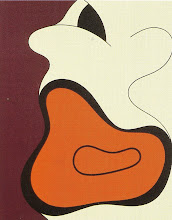+1998+Cropped.jpg)
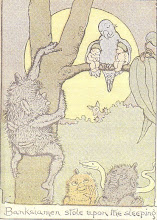
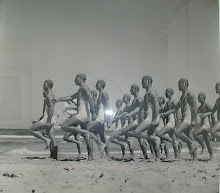
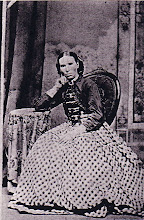



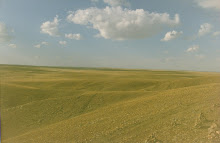



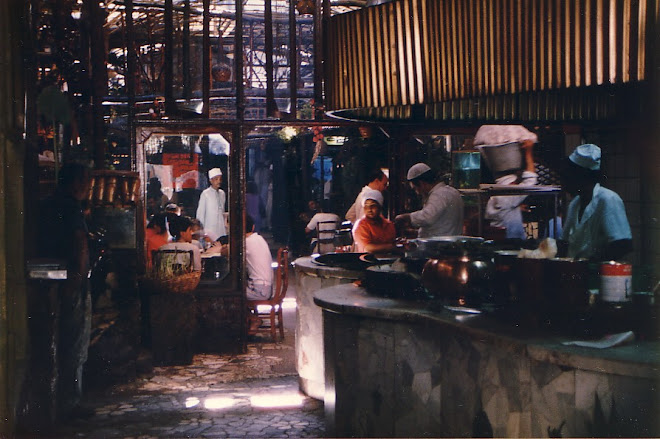

Beautiful extracts, and thanks for pointing this out to me. I'll ad it to my miniscule but precious collection of Japanese books. Of course you maste have read the Tale of Genji so I'm not asking, but have you "stumbled" upon "As I Crossed a Bridge of Dreams" by an anonymous writer known as Lady Sarashina? It was my first glimpse into the Heian Court age of Japan and together with "The Gossamer Years" it is still one of my favourites.
ReplyDelete"To idle away the time, my sister, my stepmother, and others in the household would tell me stories from the Tales, including episodes about Genji, the Shining Prince; but, since they had to depend on their memories, they could not possibly tell me all I wanted to know and their stories only made me more curious than ever. In my impatience I got a statue of the Healing Buddha built in my own size. When no one was watching, I would perform my ablutions and, stealing into the altar room, would prostrate myself and pray fervently, ‘Oh, please arrange things so that we may soon go to the Capital, where there are so many Tales, and please let me read them all." (de: "As I Crossed a Bridge of Dreams")
Peter
hey peter. one interesting thing about the 'Tale of the Genji' (a fact which i'm sure you must know) is that its author (lady Murasaki Shikibu) was sei shonagon's great rival at court. this writer/court lady also referred to sei shonagon in her diary - 'The Murasaki Shikibu Diary'. I hadn't heard of 'As I Crossed a Bridge of Dreams' so thanks very much for that - i've googled it and will now go to Amazon.com. take care and keep in touch.
ReplyDelete